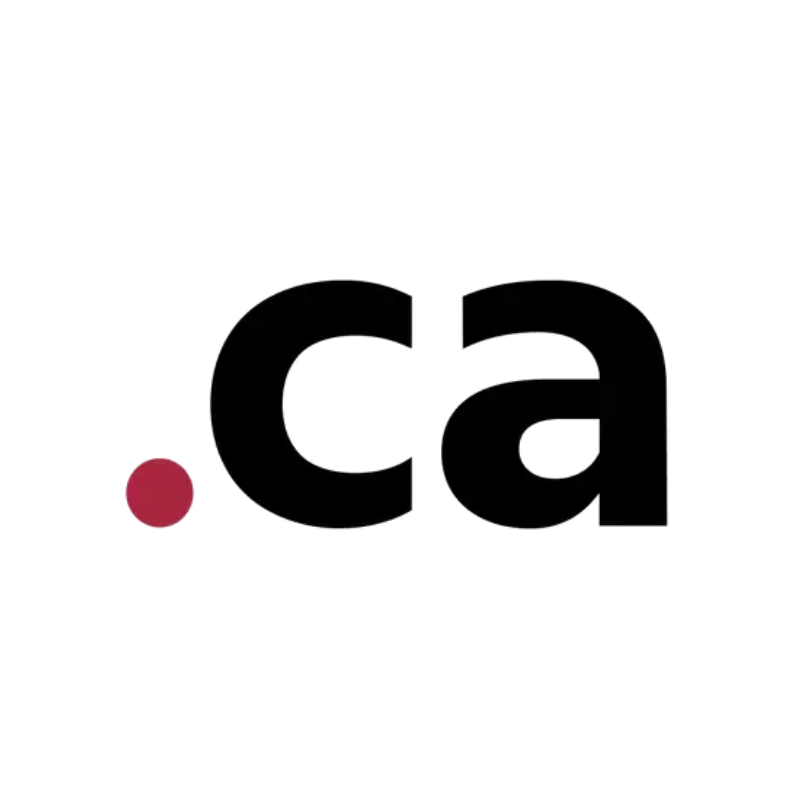Isn’t it annoying how some website design mistakes find their way into modern, pricy sites? Usually, these design errors arise from good intentions gone wrong.
For example, some menu buttons refuse to collapse, or navigation panels may be too cluttered. Some websites try to impress visitors with animations or autoplay videos but end up being annoying because of slow loading and unresponsiveness.
Another common mistake we see is poor content. If your content is not accessible and easy to understand, you will be chasing customers away.
These are some of the irritating features we see on websites all the time. We want to help you avoid them so you don’t lose precious customers. This is the 7th and last part of our Websites Explained Guide where we explore common website errors and their solutions.
Poor Site Structure and Content Organization
Simple websites with a few pages can afford to have a menu with all the pages linked to the homepage.
However, as a website grows and you create more pages, it’s very important to define and implement a more intuitive structure. It helps with content organization and improves access for search engine crawlers and human users.
As such, having a clear website structure is critical for ensuring an engaging user experience and improving SEO performance.
There are several website hierarchies or structures you can use, but the most popular ones are the following:
- Hierarchical tree structure – pages are organized like branches in a tree; each child page is connected to a parent page (or node). In other words, it’s a top-to-bottom structure where top-level pages like the home page flow down to the category pages, then subcategories, and so on
- Sequential/linear structure – pages flow from one to another based on user decisions. Useful for simple websites for small businesses and streamlines the customer journey
- Matrix/webbed structure – you have basic parent pages and child pages, but all the pages are also interconnected together through internal links so that the user can choose their own experience
- Database/dynamic website structure – used on very large and complex websites, e.g., Instagram or Amazon, where users navigate through filters, search, and other database-like operations
Website structure will be defined by your website’s complexity, amount of content, navigation, and desired flexibility. Yoast has more information on how to structure your website pages.
Expert tip: Structuring your website doesn’t just improve user experience, it also boosts SEO. Google favors sites that have a seamless user experience, and even its crawlers find a well-structured site easy to use. Structuring also makes it easy to manage, update, and redesign a website.
Bad Website Security Practices
Most of the sites on the internet are left to run on autopilot, which is extremely risky. Websites are extremely vulnerable to hacking because they’re exposed to all of the internet.
Failure to regularly update WordPress, website themes, plugins, extensions, and all other tools connected to your site can break your site, leave you vulnerable to hacking, or make it difficult for some users to use your site.
Luckily, WordPress now has auto-update features. There are also plugins you can use to automatically update, backup, and maintain various elements of your website with minimal supervision.
Failure to Maintain Regular, Multiple Backups
Backups are critical. You never know how badly you need one until your site fails and all your content, including articles, emails, product listings, and everything else is gone.
The official recommendation is to have at least three backups: one online, one on-site in a removable media, and one in a removable media stored off-site. Keep those backups up-to-date.
Remember, you can manually download your site and store the data somewhere safe, or you can use a plugin to maintain automatic downloads so that you always have the most recent backup.
Failure to Understand How Your Website Works
It’s okay to install and run a WordPress or any drag-and-drop website without understanding how it all works, but only for the first few months.
WordPress is easy, minimalist, and lightweight, which is why it’s so popular. You have to install WordPress plugins to get the functionality you want, and sometimes that may mean tens of different plugins all running at once, sharing resources, and collecting data.
As your site grows, the code it runs on gradually becomes sluggish. The various plugins, themes, scripts, and content editors get bloated—that means your website’s code becomes unnecessarily slow, inefficient, and complex, which can significantly reduce performance.
This may require some coding language to clean up, although there are plugins for that as well. The point is that it’s important to know what’s going on under the hood so you can keep performance and security top-notch.
How to improve WordPress website performance
When your website becomes slow and resource-intensive, it’s time to cut the bloat and optimize your website for speed. At this point, you should know the ins and outs of PHP, website hosting, server setup, DNS, among others.
The previous articles in this guide have covered the main points on these topics. In addition, here are a few simple tips on how to maximize website performance:
- Use a lightweight theme that doesn’t have lots of unnecessary features
- Don’t host videos directly on your website; instead, host them on platforms such as YouTube or Vimeo and embed them on your site. Even then, keep videos to a minimum
- Remove any unnecessary plugins
- Use website caching and CDN to improve website load times; any good website hosting plan should give you these features
- Optimize all images by resizing and compressing before uploading them to your website
- Disable all features that you’re not currently using, such as animated JavaScripts, shortcodes, parallax, widgets, sliders, and heavy styling
- Disable auto-updates for themes and plugins (but make sure to do it manually at least once a month
- Disable some features of the block editor (like Gutenberg)
- Disable app promotions
Despite all that, the best way to ensure a fast and sleek website is to have fast hosting. Even bloated sites may appear to be fast if you have ultra-fast and reliable hosting on a VPS or dedicated server.
Ideally, premium hosting should include SSD storage, caching, and sufficient RAM and bandwidth to support your website. It should also be optimized for WordPress to ensure optimum performance.
Good hosting plans can be expensive. Thankfully, Truehost has the best and cheapest hosting plans in the country. Explore fast and affordable website hosting plans in Canada.
Poor Content Layout
Your customers will hate you if your blog posts appear as walls of text, page banners hide content, some content overflows the screen, or your menu is cluttered.
There are a thousand little things you must optimize for a good content layout and user experience. The main points include the following:
- Make good use of whitespace, but avoid unnecessary padding
- Be careful with typography. Use the right fonts, font sizes, and consistent styling across your web pages
- Organize your content in an intuitive and simple hierarchy to make discovery and navigation easier
- Keep your lines just long enough, about 50–75 characters
- Design your website and content layout for mobile first. For example, check that graphics (images, logos, and banners are correctly sized, and don’t use fixed sizing (like 600 x 1200 px)
- Check section layouts to ensure that vertical and horizontal displays work well on mobile
- Keep your content relatable and accessible. Use fonts and colors that make it easy to read content on any screen and check to ensure that no content is covered by ads or banners
Before you even start building your website, design the pages and content layout so that you have a sense of direction. You can use Canva, GIMP, Figma, or even a pen and paper to set down a basic design that you can later implement.
Other Website Design Mistakes to Avoid as a Beginner
We’ve highlighted the main points, but there are many other common website errors that new business owners tend to make.
- Using too many stock images and videos
- Broken links
- Failure to keep up with security, especially updates
- Too much text, even on landing pages and homepages
- Non-responsive designs
- Using too many plugins; the rule of thumb is never to use more than 25
- Subscribing to too many premium plugins
- Failure to consider website accessibility
- Producing poor content with no logical or practical flow towards a call to action
Perhaps the worst mistake new website owners make is using bad hosting. As we’ve mentioned before, most of the large names in the industry offer poor-quality hosting services.
How you set up DNS, CDN, and server response can make up for a lot of website design mistakes. Work with a Filipino web hosting company that gives you the tools and support you need to build and maintain a fast-growing website.
Get Fast Website Hosting in Canada
Most importantly, as your website grows, move from shared servers to faster, more secure VPS or dedicated servers.
These options are more expensive, but it’s worth the raise. Increasing site load speed, for example, can increase conversions by up to 7% for every second you shave off the load time. That’s what you need to propel your website to incredible growth.
Ready to take your website to the next level? Partner with Truehost, the hosting solution you can trust. Experience lightning-fast performance, 99.9% uptime, and top-notch security features.
You can also learn more in our website design and layout guide and other articles in this series.
 cPanel Web HostingAffordable Canadian cPanel hosting, user-friendly and reliable.
cPanel Web HostingAffordable Canadian cPanel hosting, user-friendly and reliable. Reseller HostingStart your own hosting business with flexible reseller hosting plans.
Reseller HostingStart your own hosting business with flexible reseller hosting plans. Affiliate ProgramJoin our affiliate program and earn commissions by referring customers.
Affiliate ProgramJoin our affiliate program and earn commissions by referring customers. DomainsFind the perfect domain for your business or personal site with ease.
DomainsFind the perfect domain for your business or personal site with ease. Domain TransferTransfer your domain to us and keep your website running without interruption.
Domain TransferTransfer your domain to us and keep your website running without interruption. WHOIS LookupQuickly find who owns a domain with our easy WHOIS search tool.
WHOIS LookupQuickly find who owns a domain with our easy WHOIS search tool. VPS HostingReliable VPS hosting crafted for performance and peace of mind.
VPS HostingReliable VPS hosting crafted for performance and peace of mind.
